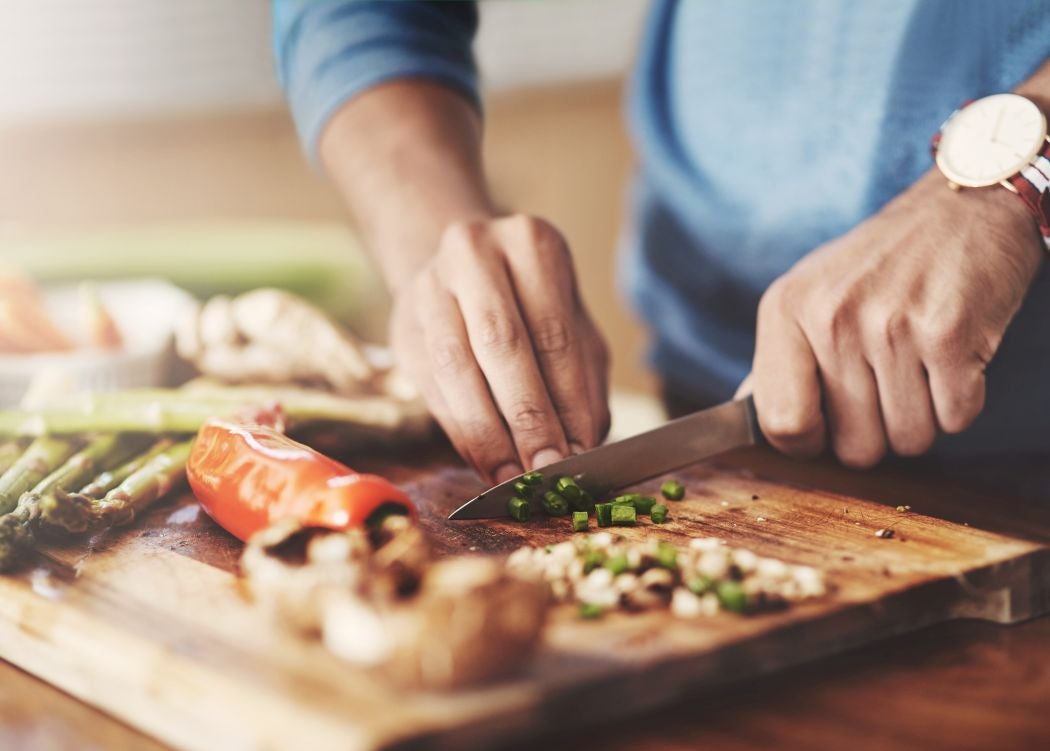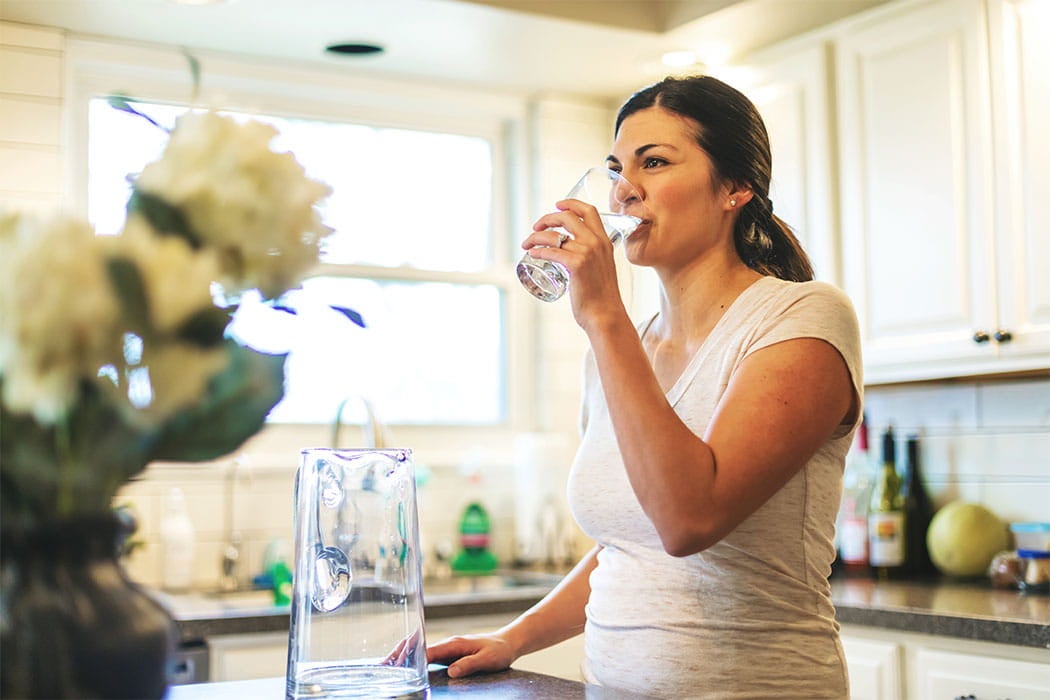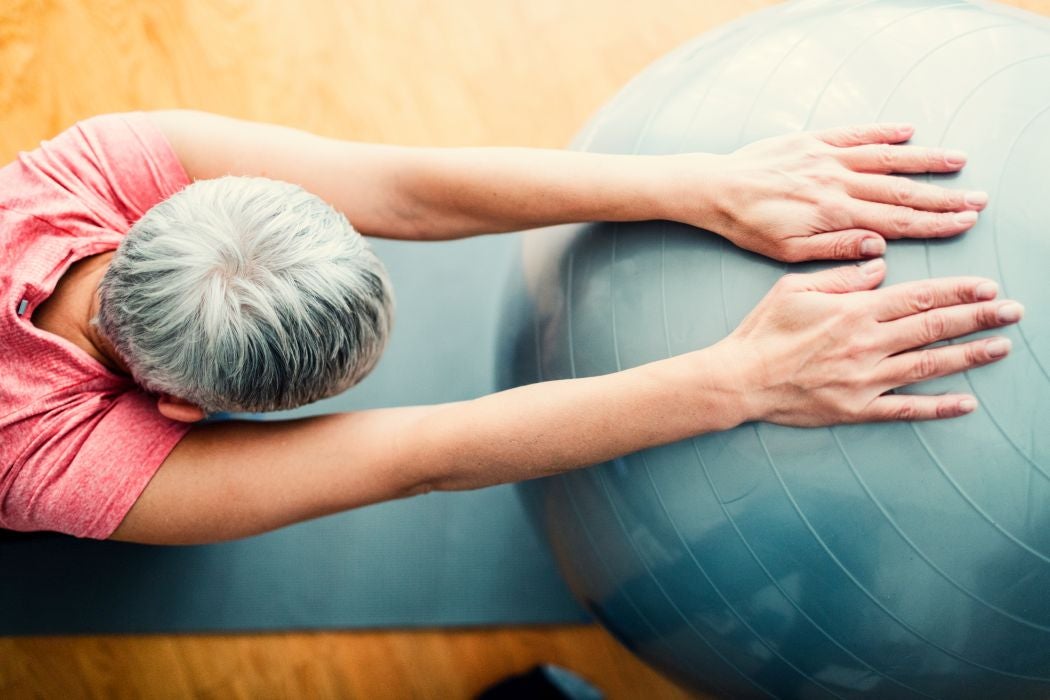How to Prepare Some Vegetables While Keeping Their Nutrients
Certain cooking methods can make meals more nutritious

Depending on how food is prepared, it may lose a significant amount of the nutrients that are important for cancer patients during treatment.1 Eating is the main way the body has to obtain indispensable vitamins and nutrients to maintain its functions, especially those that help recovery.2
Preparing more nutritious meals for those who are going through cancer treatment
If the patient is not having any problems chewing or swallowing, the best is to prepare vegetables so that they are well cooked, but still a little sturdy.1,2 A few ways to cook food and preserve nutrients are:
Carrots - To preserve beta-carotene, a substance that helps the body obtain vitamin A, carrots should be cooked for about five minutes over medium to high heat. Grab a pot and add enough water to cover all the carrots. Try slicing them not so thinly.1
Potatoes - Cut them lengthwise, then cut each half lengthwise again and chop into medium pieces. Fill a pot with water, hang a sieve over it and place the potato pieces on it (they shouldn’t touch the water). Cover with the lid. Steam-cooking preserves the potassium and calcium in the potatoes. This is also the best way to prepare sweet potatoes.1,2
Broccoli - You can steam-cook broccoli along with the potatoes. Do not completely remove the stalks, leave some because they also have a lot of nutrients like iron and zinc, as well as vitamins like A and C.1
Zucchinis and leaves like spinach or chard - The greatest way for cooking these and not losing nutrients is to use a method known as blanching and shocking. To do this, you’ll bring a pot of water to a boil and cook the vegetables for about a minute. After that, carefully take them out and immerse them in a bowl with cold water.1,2
Using the microwave is also a good option for cooking food and preserving nutrients
When you’re in a hurry to go to medical appointments, the microwave is a quick option for cooking food nutritiously. Cut the vegetables and place them in a glass bowl. Use plastic wrap to cover the bowl and make some holes with a fork to let steam escape. Microwave for about two to five minutes at the highest power setting.1,2 Be careful with the steam when removing the plastic wrap.
References:
1 - Lee S, Choi Y, Jeon HS, Lee J, Sung J. Effect of different cooking methods on the content of vitamins and true retention in selected vegetables. Available at: https://www.ncbi.nlm.nih.gov/pmc/articles/PMC6049644/. Access on: December/2019.
2. Eating Hints: Before, during, and after Cancer Treatment. Available at: https://www.cancer.gov/publications/patient-education/eatinghints.pdf. Access on: December/2019.
Know more about the subject

How to Cope with Constipation

Staying Hydrated During Treatment

Safe Food Handling with a Weakened Immune System

Rehabilitation Improves Cancer Patients’ Quality of Life
Several factors, such as age and disease progression, need to be taken into account in order to decide what kind of rehabilitation is best.1

My Treatment Has Ended, What Do I Need to Know?
After your cancer treatment is finished, medical follow-up will continue and it’s important that you change a few habits.

Can Cancer Treatment Affect Fertility?
After the diagnosis, doctor and patient should talk about how treatments could affect fertility and possible ways to preserve it



